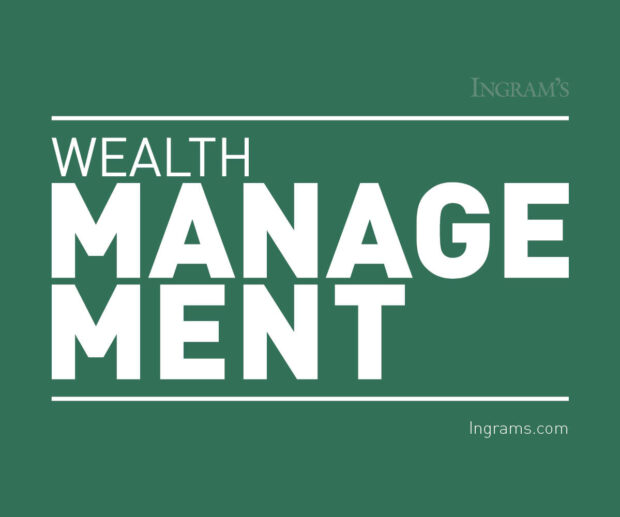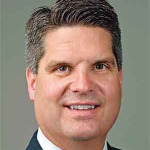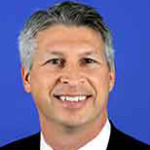HOME | ABOUT US | MEDIA KIT | CONTACT US | INQUIRE
HOME | ABOUT US | MEDIA KIT | CONTACT US | INQUIRE


 The December jobs figures, released earlier this month, reflect an ongoing recovery that bodes well for the Kansas City economy, but we need to look behind these numbers for an idea of what to expect in 2015.
The December jobs figures, released earlier this month, reflect an ongoing recovery that bodes well for the Kansas City economy, but we need to look behind these numbers for an idea of what to expect in 2015.
Nationally, nearly 3 million Americans found work in 2015, the highest total of new jobs recorded since 1999, according to the Federal Bureau of Labor Statistics. The 252,000 jobs created in December capped a year of steady increases and drove the unemployment rate down to 5.6%, the lowest national figure in six years.
In the Kansas City metro area, the numbers look even better. Our unemployment rate has dropped dramatically since last summer and is currently at 5.0%. According to the bureau, the November seasonally adjusted employment for the metro region was over 1,020,000. Recent improvements should put us back to—or above—our pre-recession employment peak of 1,025,400, established back in April 2008.
Nationally, these numbers don’t fully convey the complex relationship between new jobs and the unemployment rate.
In some parts of the country, falling unemployment is partially attributable to people dropping out of the work force. Because they’re no longer actively seeking work, they don’t count as “unemployed.” In Kansas City, the number of people in the metro area work force has remained pretty steady for the past several months.
Kansas City was already ahead of the national pace for several key economic indicators, and forecasts suggest that improvement will continue. That’s due in part to our industrial and engineering economic base. We are an engineering powerhouse, and locally based firms anticipate significant growth in 2015 and beyond.
Several factors may impact Kansas City’s economic prospects for the rest of 2015. Let’s start with how much it costs to fill up your gas tank. We have some of the lowest gas prices in the country, with some areas selling gas for well under $2 per gallon. Spending less on gasoline means consumers have more money in their pockets. That’s likely to go back into the consumer sector in the form of purchasing power towards new clothing, home improvements, new cars and houses, all helping to further stimulate the economy.
Reduced prices for oil, natural gas, and propane may also benefit the agricultural sector by lowering fuel and fertilizer costs, which have been major headwinds in the recent past. Additionally, low oil prices should help reduce the overhead costs associated with running plants and factories, and overall lower energy costs may mean higher sales figures for these businesses.
On top of all that, the KC area is starting to gain some traction as a destination for startup companies. We’ve tracked a significant increase in companies that are getting everything from seed money to major growth funding from private equity firms and other major investors. Investments from entities like Google, Cerner, Stowers Institute, UMKC, and J.E. Dunn Construction could be a sign that the Kansas City market is an attractive market. Additionally, cancer center designation for the University of Kansas Hospital will benefit the local economy.
Our cost of living, from real estate to filling a grocery cart, is lower than startup hotbeds like Silicon Valley or Austin, Texas, and our skilled, tech-savvy work force is another attraction for new and expanding companies.
Looking ahead, some broader issues could affect our regional economy. Nationally, inflation remains low, and is expected to remain low at least for the first half of 2015. This makes funding a business, or buying a house or car more affordable. This could change later in the year if the Federal Reserve raises interest rates, which we anticipate will occur. While the Fed views rising employment as a key driver on its decision to raise rates, consistent higher employment numbers could also could help drive wages up sooner.
As always with economics, caveats apply. Kansas City could possibly see some effects of a slowdown in the globally integrated economy, since overseas sales are a significant factor in the sales and revenue for our multinational manufacturers. China’s growth rate is slowing and Japan’s economy suffered a modest recession in 2014, which could hamper it in 2015.
The odds of another recession in Europe are rising, as France and Germany both report lagging growth.
But as one of the leading areas in our domestic economic recovery, we think Kansas City should see the benefits of steady, if unspectacular growth in 2105. The projected rise in national gross domestic product is now around 2.75-3 percent, and should equate to a solid year of growth here as well.
Bradley Scott is the Kansas City market leader for The Private Reserve of U.S. Bank
Dan Heckman is national investment consultant for The Private Reserve of U.S. Bank